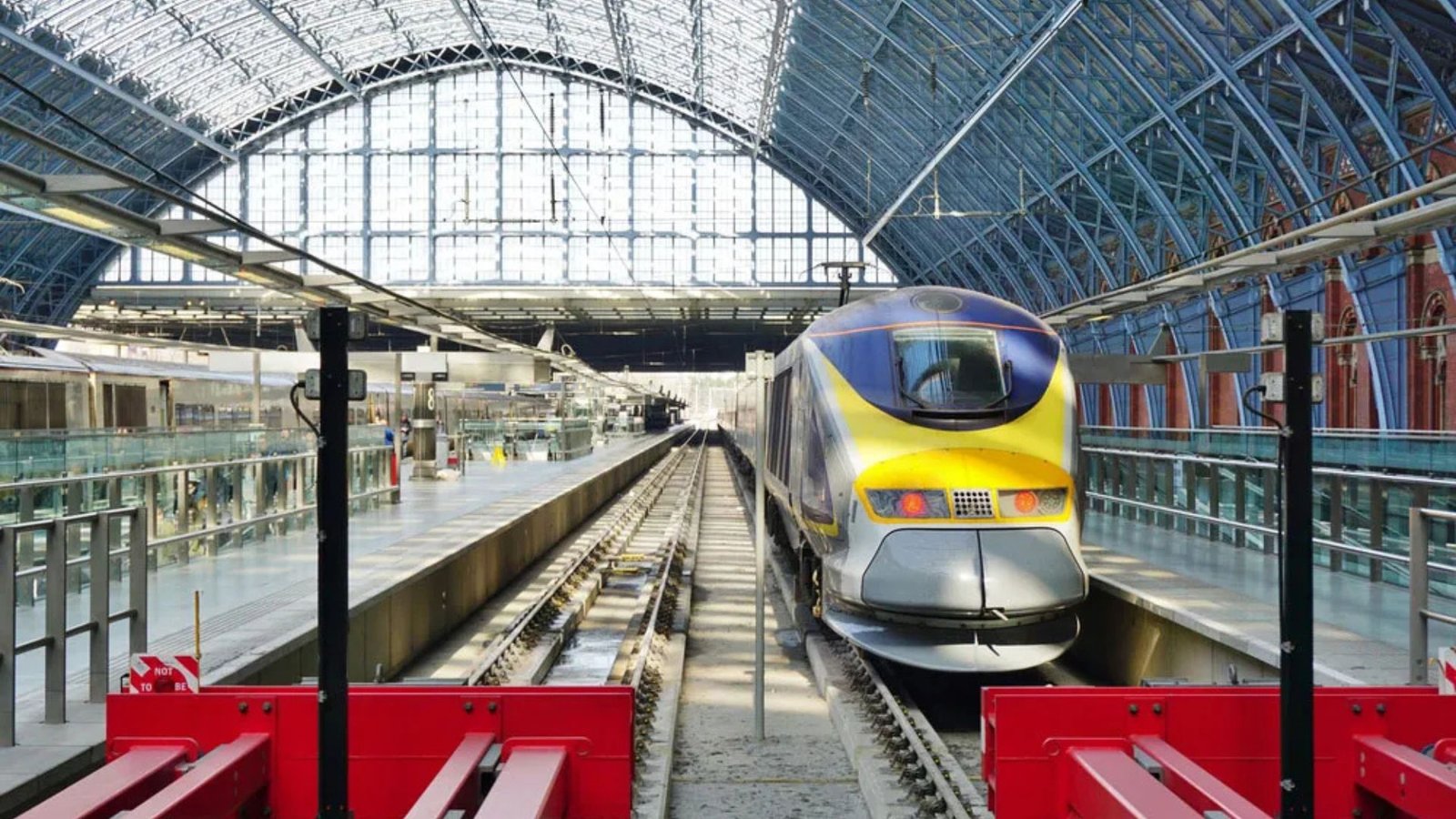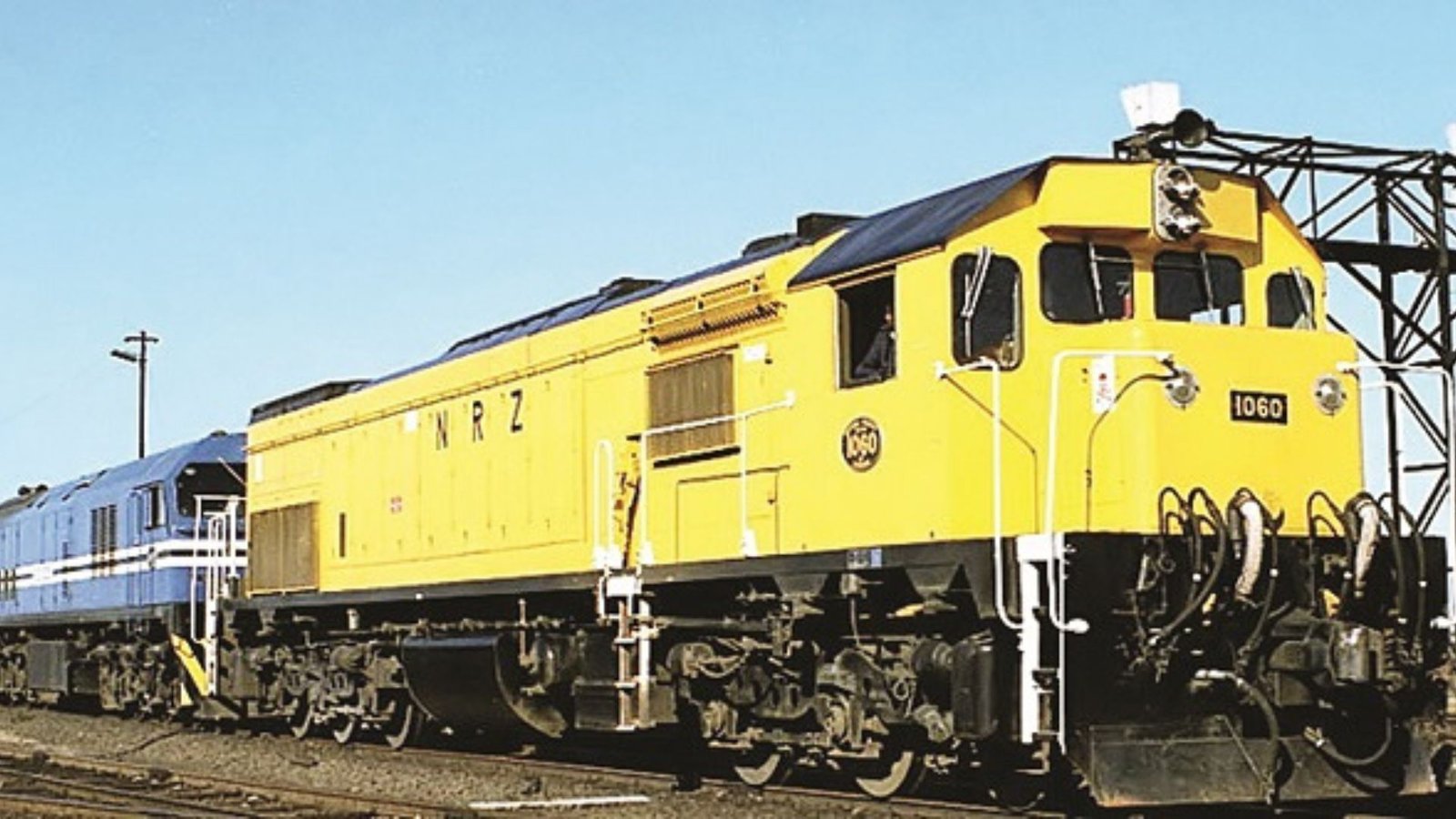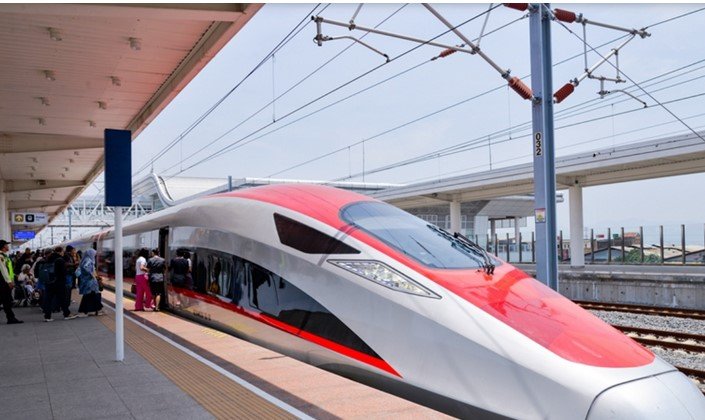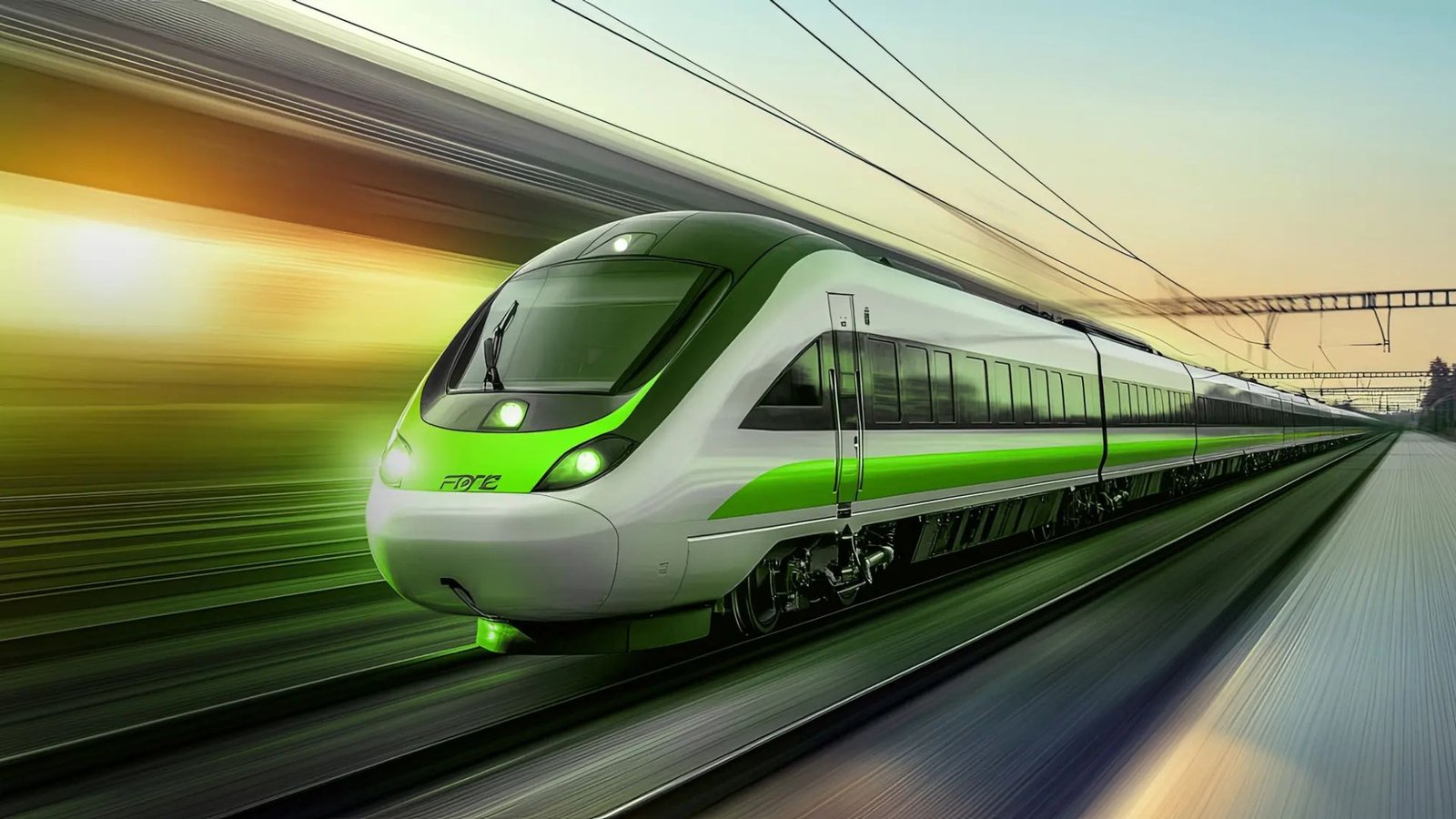Railroads have long been an essential part of national transportation systems. From moving goods to providing efficient travel for passengers, railways offer many advantages. Railroads improve national transportation systems by enhancing connectivity, reducing congestion, and promoting sustainability. Let’s take a closer look at how rail systems help shape the national transportation landscape.

1. Enhanced Connectivity Across Regions
One of the main ways railroads improve national transportation systems is by improving connectivity across regions. Rail networks link cities, towns, and even remote areas, making it easier for people and goods to move across large distances. This connectivity reduces travel time and makes it more convenient for people to travel within their country.
In large countries like the United States, China, and India, railroads provide a crucial link between major urban centers and smaller towns. Long-distance trains allow passengers to travel quickly and comfortably between cities, while commuter trains help people travel from suburban areas to city centers. By expanding rail networks, countries can improve their internal connections and boost economic activity in less accessible regions.
2. Reducing Road Congestion
Railroads also play an important role in reducing road congestion. Highways and streets can become overcrowded, especially during peak travel hours. This results in longer travel times, higher fuel costs, and increased pollution. By offering an alternative, rail transport can ease the burden on roads and reduce traffic jams.
When people choose to travel by train instead of driving, fewer cars are on the road. This means less congestion, shorter travel times, and fewer accidents. Additionally, trains can carry many passengers or tons of freight at once, further reducing the number of vehicles on the road. In this way, railroads improve national transportation systems by making travel more efficient for everyone.
3. Promoting Eco-Friendly Travel
Sustainability is another area where railroads shine. Trains, especially electric-powered ones, produce fewer carbon emissions compared to cars or airplanes. This makes rail travel a green alternative for long-distance trips. Many countries are investing in high-speed rail systems that run on clean, renewable energy sources like wind and solar power, further reducing the environmental impact of rail travel.
As nations work toward achieving their climate goals, the importance of eco-friendly transportation systems cannot be overstated. Railways offer a sustainable solution to the problem of growing transportation emissions, helping countries meet their environmental targets while providing efficient travel options for citizens.
4. Efficient Freight Transport
In addition to passenger services, railroads improve national transportation systems by providing a reliable and cost-effective way to move freight. Rail is often the best choice for transporting large quantities of goods over long distances. It is cheaper, more fuel-efficient, and less polluting than trucking or air transport.
Goods like raw materials, agricultural products, and manufactured items are moved via freight trains across the country. Intermodal transport, where cargo is transferred between rail and other transport modes like trucks or ships, makes rail freight even more efficient. By reducing reliance on road transport for goods, railroads help to alleviate congestion and make national transportation systems more efficient.
5. Reducing Travel Costs for Passengers
Another key benefit of railroads is their ability to offer affordable travel. Train tickets are often cheaper than flights or long-distance driving, especially for people who use commuter trains regularly. This makes rail travel an attractive option for both short trips and long-distance travel.
Governments often subsidize rail services to keep prices low for passengers, making it a more accessible form of transportation. As a result, railroads contribute to making travel more affordable for a large segment of the population, helping to improve national transportation systems by providing cost-effective travel options.
6. Improving Urban and Regional Development
Railroads also help with urban and regional development. By connecting rural areas to larger cities, railways make it easier for people to access jobs, education, and healthcare. This can help reduce inequality between urban and rural areas.
In many countries, high-speed rail stations act as hubs of activity, attracting businesses and encouraging new developments in surrounding areas. This leads to economic growth and job creation. Additionally, transit-oriented development (TOD) encourages people to live near train stations, making cities more walkable and reducing the need for cars.
7. Supporting Tourism and Economic Growth
Railroads boost national economies by supporting tourism. High-speed trains and scenic routes attract tourists who want to explore different regions of a country. For example, the Eurostar connects London to Paris, making it easy for tourists to visit both cities in a short amount of time. Similarly, Japan’s Shinkansen offers tourists the opportunity to explore multiple cities across the country.
By promoting tourism, railways contribute to local businesses, hospitality, and job creation. They also make it easier for people to access major tourist attractions, increasing the economic impact of the tourism industry.
8. Supporting Innovation and Modernization
Finally, railroads improve national transportation systems by fostering innovation and modernization. Many countries are developing cutting-edge rail technology, such as high-speed trains, maglev trains, and autonomous rail systems. These innovations not only make travel faster and more comfortable but also improve efficiency, reduce costs, and provide greener travel options.
Rail systems are also becoming more integrated with digital technologies, such as automated ticketing, real-time tracking, and smart scheduling. These advances help to improve the overall travel experience for passengers and make rail transport more reliable.
Conclusion
In conclusion, railroads improve national transportation systems in many ways. They enhance connectivity between regions, reduce road congestion, and promote eco-friendly travel. Railways also support efficient freight transport, reduce travel costs for passengers, and encourage urban development. By investing in rail infrastructure and innovation, nations can create transportation systems that are more sustainable, efficient, and accessible for everyone.




